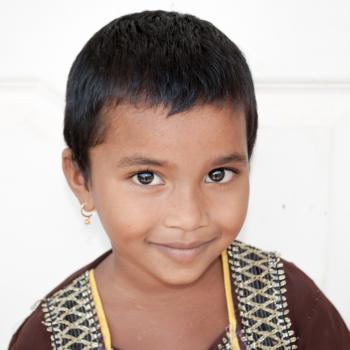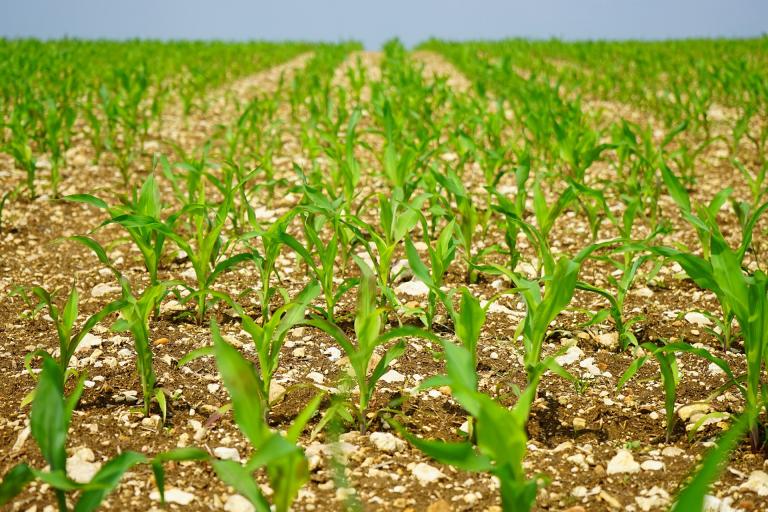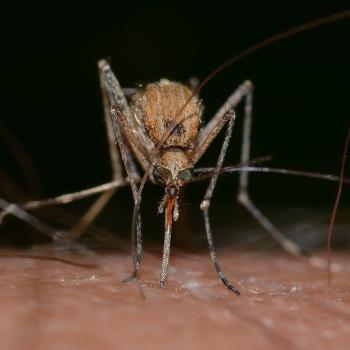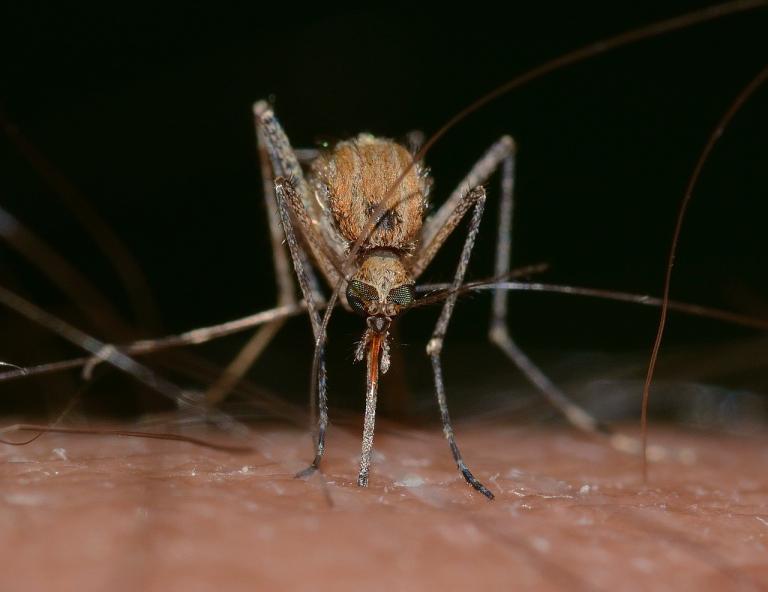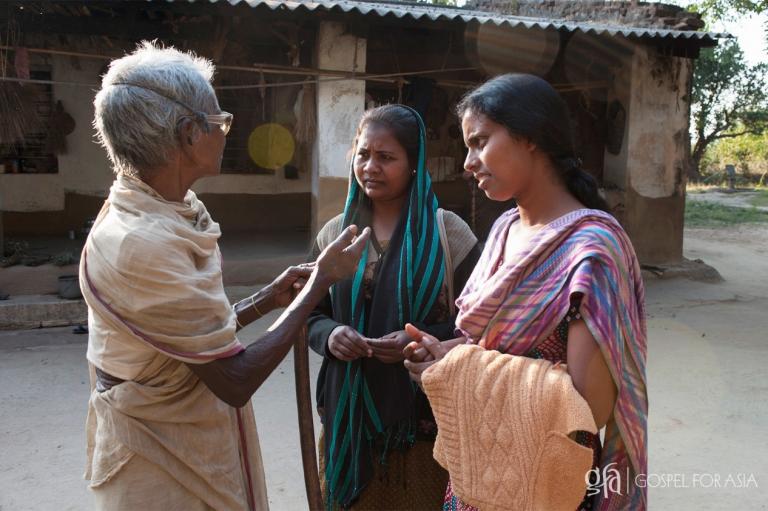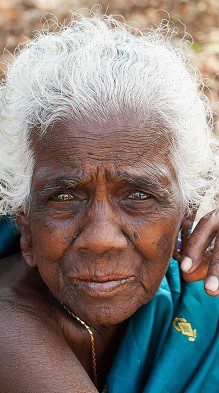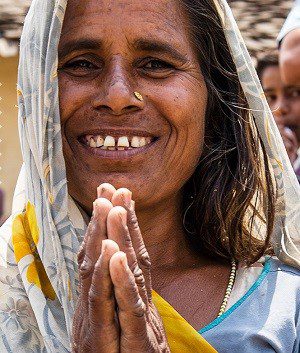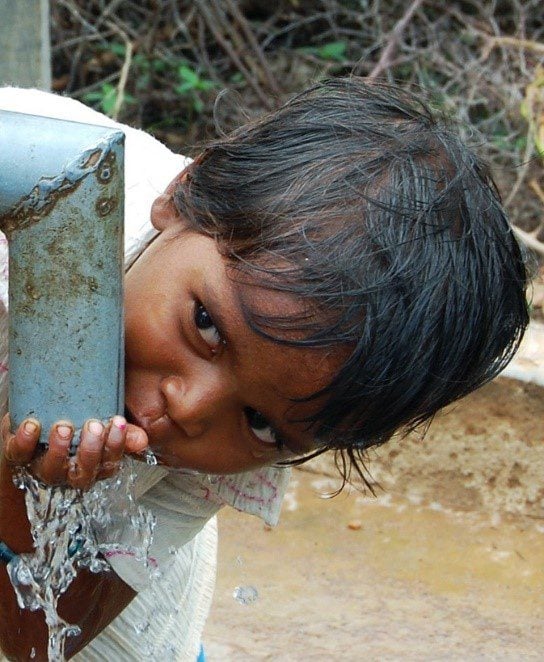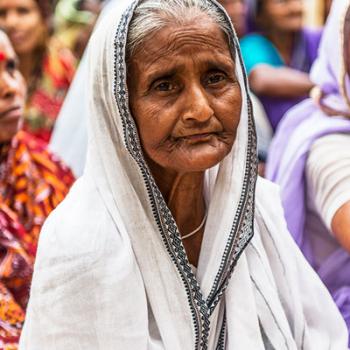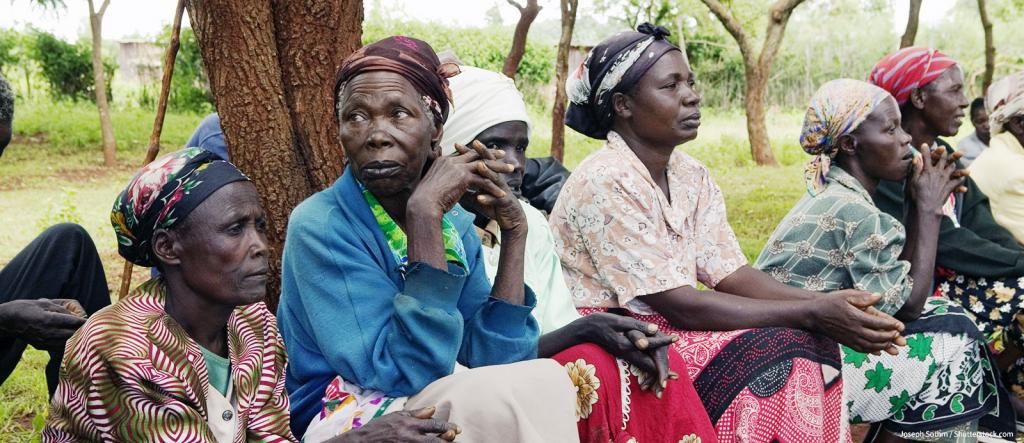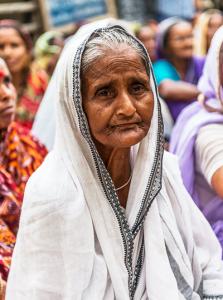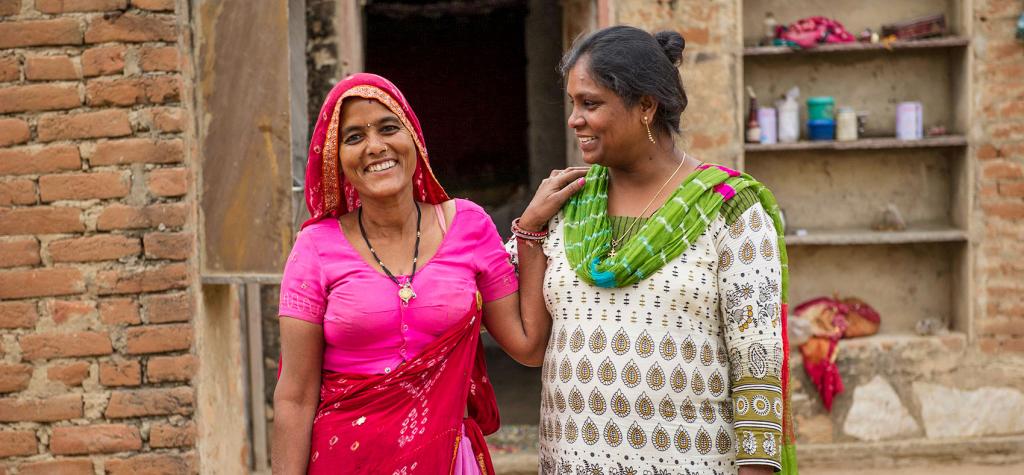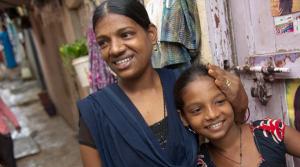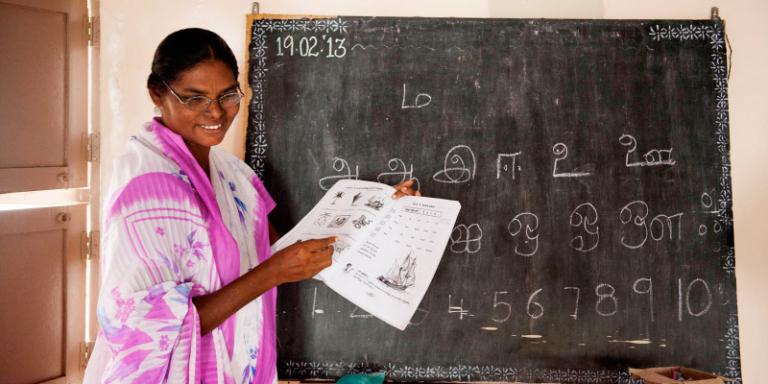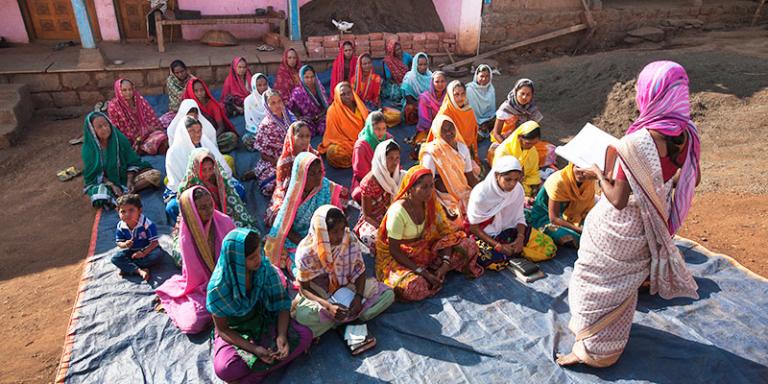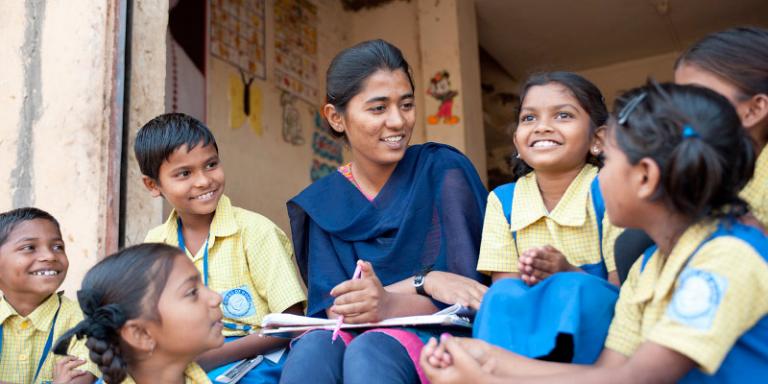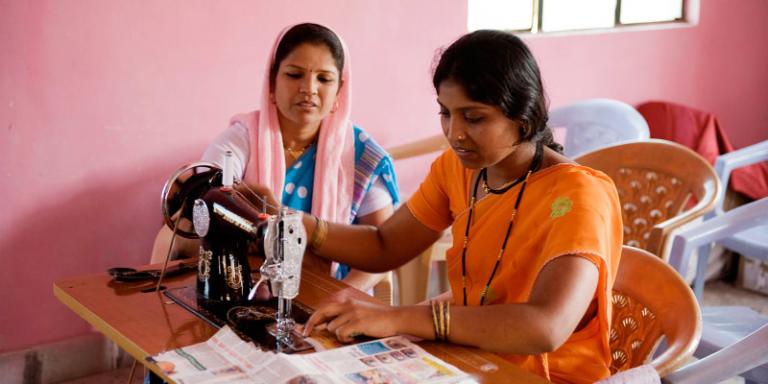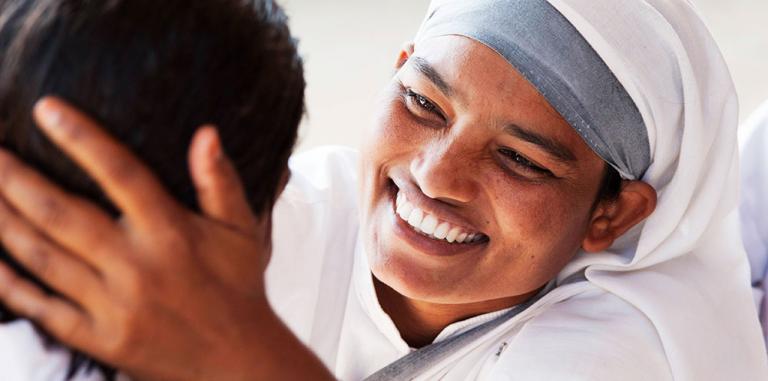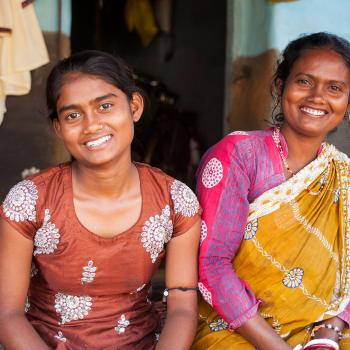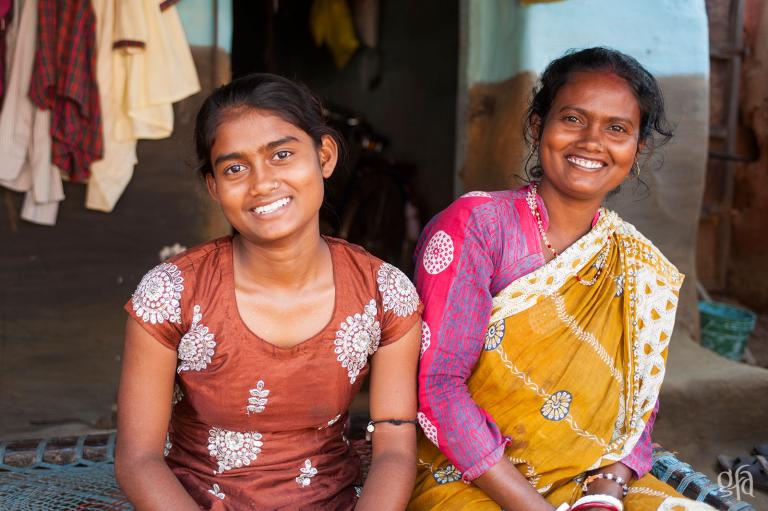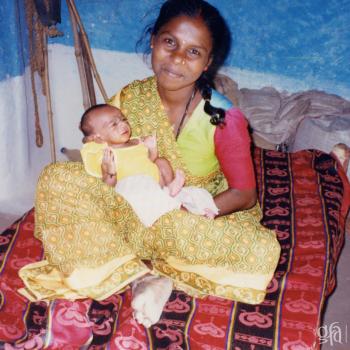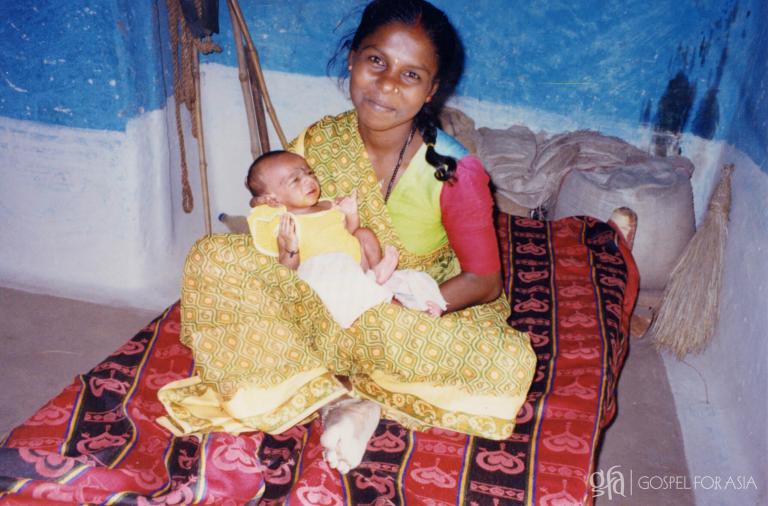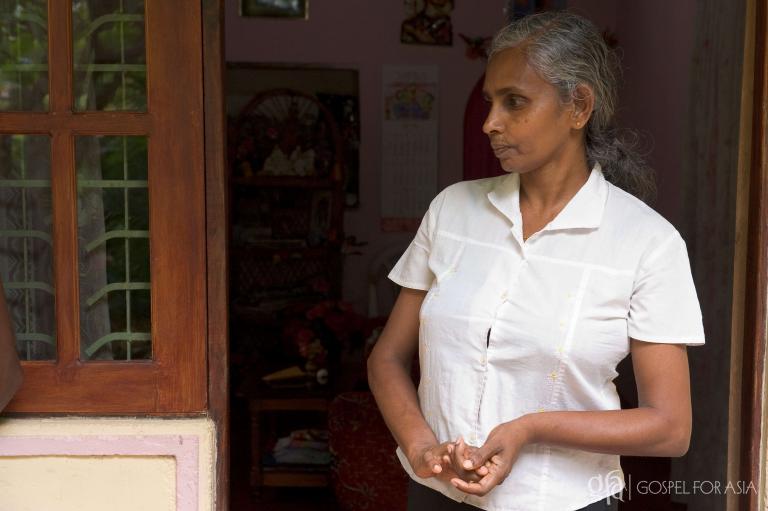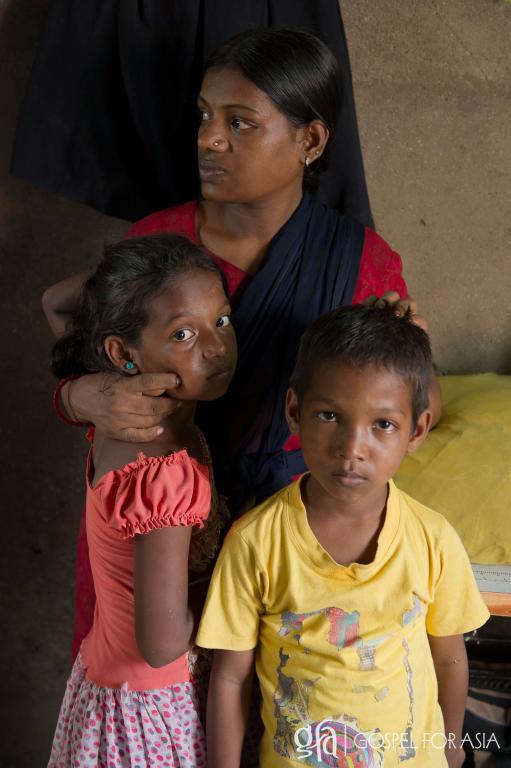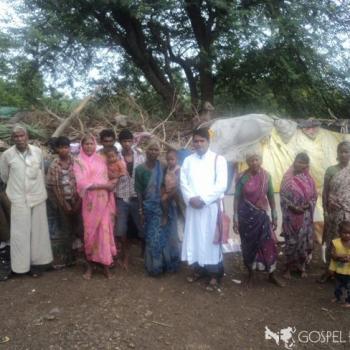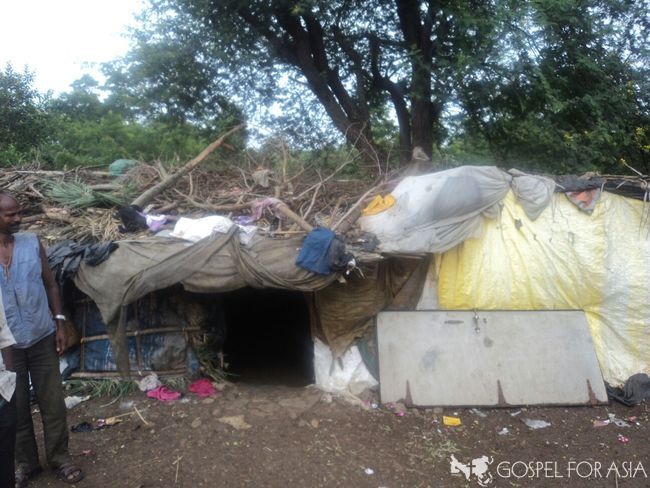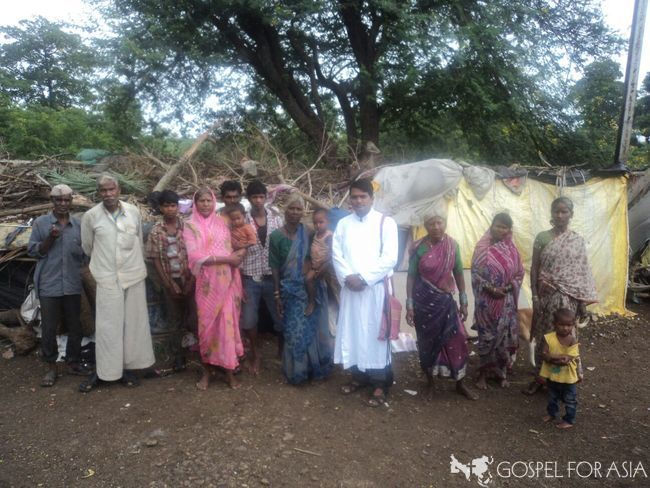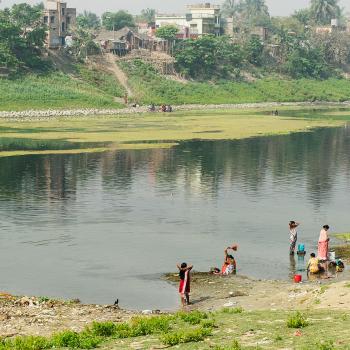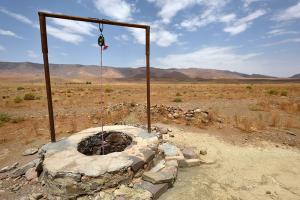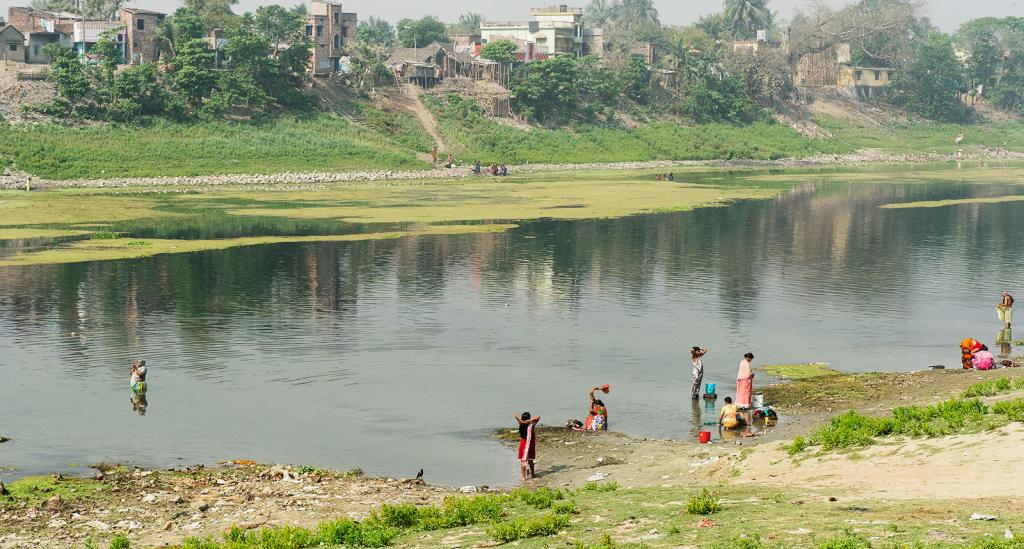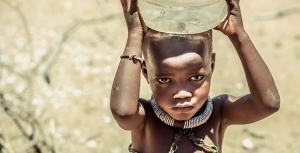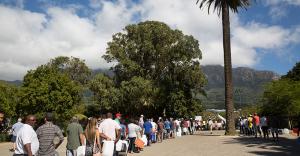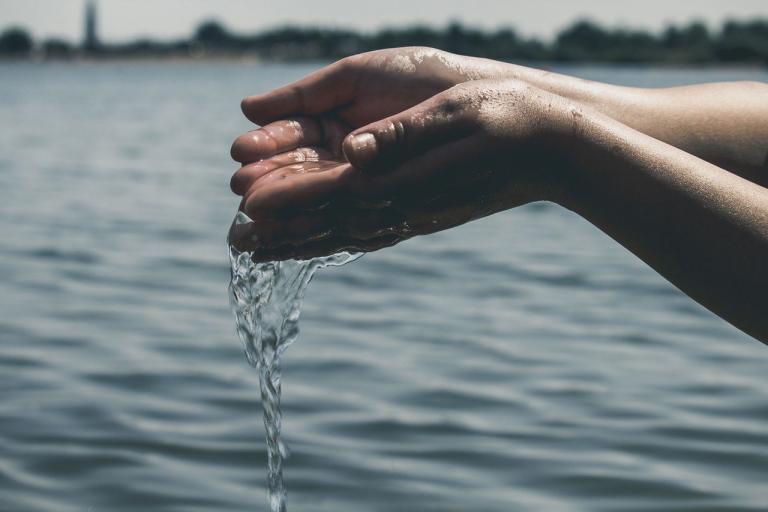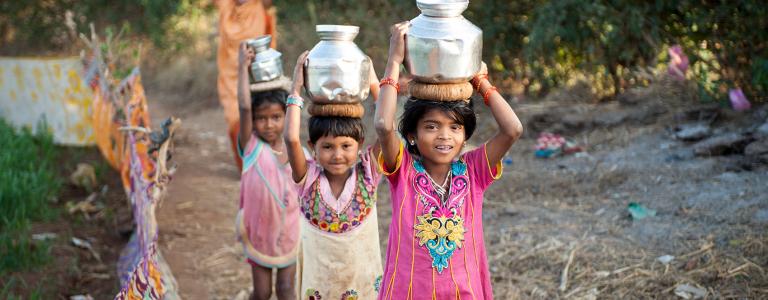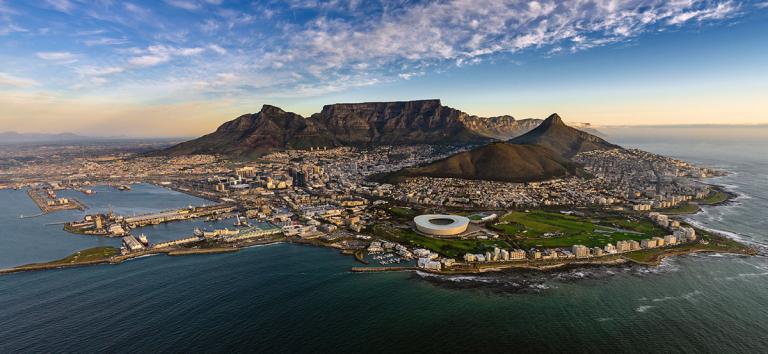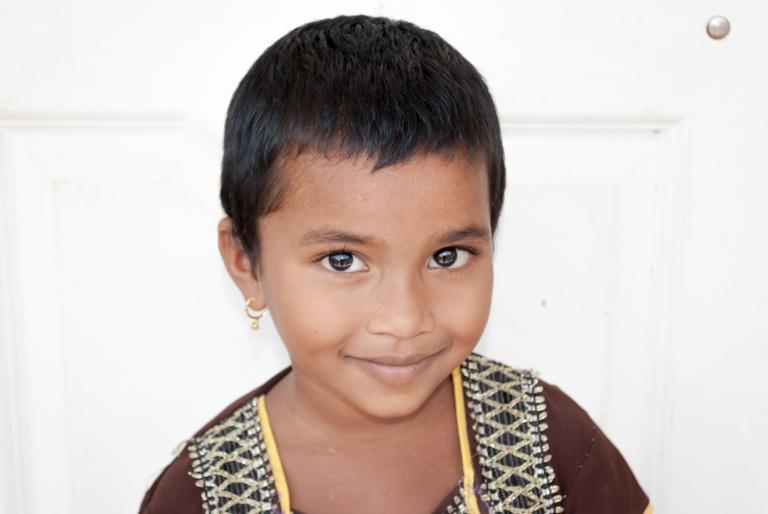 Will malaria finally stop claiming innocent lives in this decade or this century? Maybe. Great strides are made every year toward infection prevention and disease cures. Still, since time immemorial, it remains one of the most stubborn diseases in the world.
Will malaria finally stop claiming innocent lives in this decade or this century? Maybe. Great strides are made every year toward infection prevention and disease cures. Still, since time immemorial, it remains one of the most stubborn diseases in the world.
Malaria preventatives and cures work if the right medication is administered in time. That’s a blessing. A childhood vaccine that could protect against infection is finally on the horizon. Insecticides also attack the disease from the opposite direction by controlling the population of malaria-carrying mosquitoes.
Yet, even with all these efforts, the insects as well as the parasites they host are notoriously resilient. It’s always an uphill battle.
The World Health Organization (WHO) believes several countries could eliminate malaria by 2020. They refer to those locations as “E-2020” countries. Global organizations and medical research groups do great work toward eventual total eradication. South-East Asia, Africa and the Americas, they explain, have seen the most notable, recent success in fewer lives lost to the terrible disease.
In the meantime, how many more people will become infected? How many will die? Eradication matters, but so do the lives of people suffering and at risk today.
Global elimination efforts are complex and cost billions, according to WHO. But a person can find safety tonight behind a simple, inexpensive mosquito net. That’s where GFA-supported workers step in. Netting can’t erase this terrible disease from Earth, but it can help families stay healthy until that day arrives.
There is No Harvest Tomorrow Without Labor Today
You can’t plant a crop in the morning and expect a meal from the same field for tonight’s supper. The same could be said of the efforts to eliminate malaria. The seeds planted today may yield a bountiful harvest of health and happiness in years to come. But what happens in the meantime?
The simple protection of a mosquito net might seem less grand in scope than wiping the disease from the planet. Maybe no one will win an award for going from village to village with stacks of netting to distribute to people in need. For the lives they save today, those small kind gestures are priceless.
Mosquito nets in conjunction with insecticides, preventative medications and medical cures form a more united front. They help fewer people become infected with malaria and help more infected people survive.
God Asks Us to Tend to the Here-and-Now
Right now, people stand at risk of contracting a disease that’s a legendary killer. We should plan for a brilliant tomorrow without malaria. We should celebrate the wonderful research that could make it a reality. That’s the only way a healthy harvest can ever be realized. It also appears to be the trajectory we’re on. But planning and hope shouldn’t come at the expense of tending to the sometimes-unglamorous business of today. If a life’s work is only unglamorous, it still matters; it still makes a difference.
Jeremiah 29 contains powerful lessons about perseverance and optimism. Although some verses—especially verse 11—is often interpreted as God’s promise of swift deliverance from all suffering, many Bible scholars agree that’s not the case. Dig in a little deeper.
In context, this chapter and verse teach us that God does, indeed, have a wonderful plan for the future. Deliverance might not happen in this life, and it still requires something from us today.
God asks us to do what we can to make the best of where our feet are planted, whether or not we take part in reaping a grand crop. That’s why the humble work of distributing mosquito nets matters so much.
The British Medical Journal (BJM) says each year brings approximately 250 million new cases of malaria worldwide. Of the people infected, nearly 800,000 don’t survive the ravages of the disease.
There is no guarantee that malaria will be eliminated this year, this decade or this century, but people still need help today.
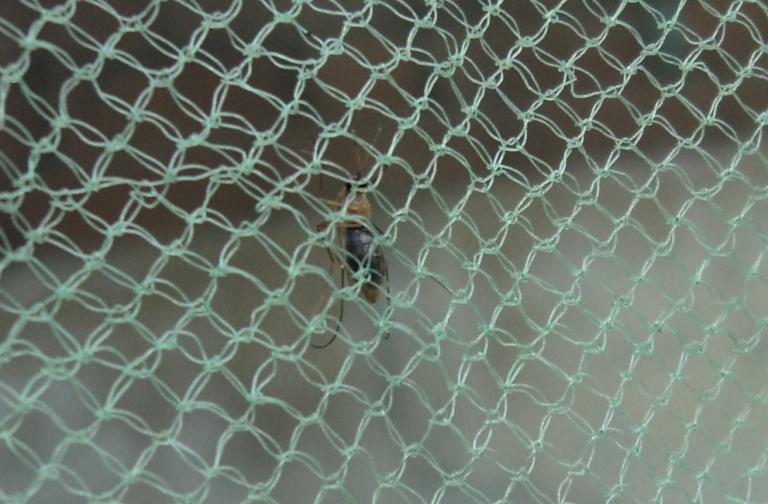
GFA-supported Workers Take Help Directly to the People at Risk for Malaria
If you have children or you’ve spent much time around them, you probably know the devotion of a loving parent. When a child is sick, Mom or Dad are on call. If there’s a risk of illness, they watch over their child for any signs that it’s true.
Imagine, then, the restless nights of parents whose children could suffer a deadly mosquito bite while they sleep. How would you protect your child? Would you stand guard all night with a fan to wave the mosquitoes away? What if just one—the wrong one—gets past you? Would you use insecticide? What if it stops working? If your child does become sick, is there medicine nearby to cure them, and will the medicine work? WHO explains that drug resistance is a growing problem.
Children are the most innocent among us. It’s easy to have your heartstrings twisted into knots thinking about a sweet life cut short. When children do survive, they may suffer lifelong effects. Malaria Journal points to research that shows some children suffer cognitive impairments as well as short- and long-term behavioral challenges.
But malaria has no respect for anyone of any age. Moms and dads can succumb to the disease. So can teenagers and young adults. Elderly people are at an especially high risk of dying, says BJM, much higher than adults under the age of 65.
Mosquito nets do so much more than protect children and whole families against insects that carry deadly parasites. They bring peace of mind right now where the need is great. They’re simple, inexpensive, easy to transport, and they go to work immediately. They require no special medical or technical knowledge, and they can remain effective for as long as the fabric holds up.
With support from GFA, devoted workers in malaria-torn regions can illustrate the love of God face to face in one of the most touching and tangible ways. When one simple mosquito net passes from the hands of a worker into those of a person in need, the love of God is shared along with it.
=====
To give the gift of a simple kindness — mosquito nets — visit the GFA website.
Learn more about malaria prevention by visiting our Special Report.
Read more blogs about malaria on Patheos … 1 2 3 4 5
Click here, to read more blogs on Patheos from Gospel for Asia.
Go here to know more about Gospel for Asia: GFA| Facebook | Youtube | Twitter
Image Sources:
- Mosquito net: By தகவலுழவன் [GFDL or CC BY-SA 3.0], from Wikimedia Commons


